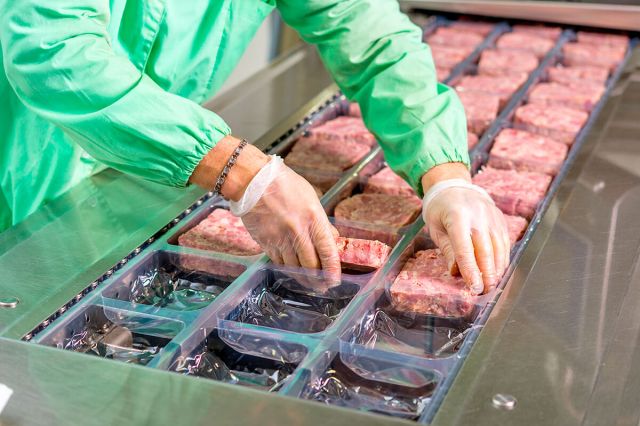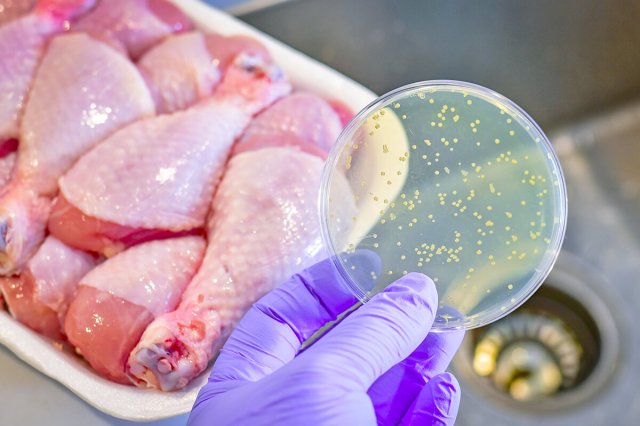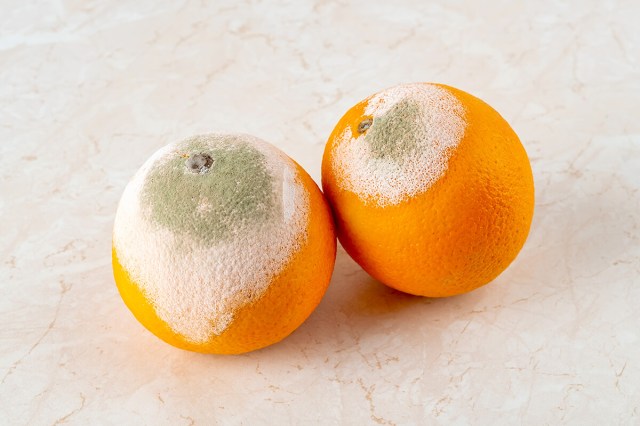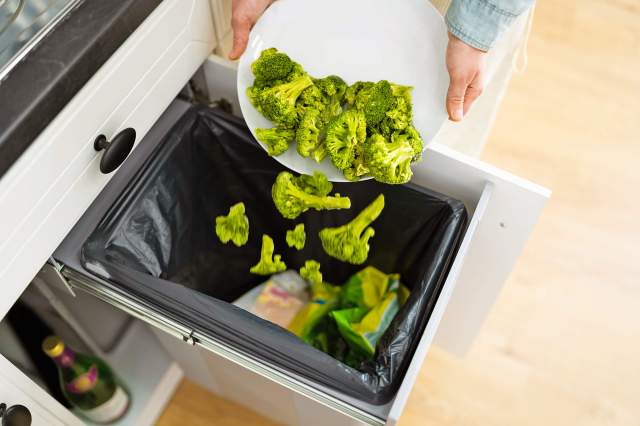Product recalls keep us safe, but that doesn’t mean they don’t occasionally cause panic. Have you ever watched the evening news and learned of a product recall, only to run to your fridge to see if it’s the same brand of food you’ve been feeding your family all week? You aren’t alone. Not only can product recalls seem scary, but they’re also confusing and contain technical language that — unless you work at the FDA — you might not fully understand. Here’s how to keep your family safe while understanding the meaning behind the three classes of product recalls.

Food Recalls: The USDA vs. FDA
Food recalls are typically voluntarily announced by the food manufacturer or distributor after an issue arises. In other cases, the U.S. Food and Drug Administration (FDA) or the U.S. Department of Agriculture (USDA) might request or mandate a recall. Both organizations have the authority to do so if a product threatens consumers by violating laws administered by the FDA or USDA.
You might wonder why there are two different organizations involved. The USDA handles matters involving meat, poultry, and processed egg products. At the same time, the FDA oversees all other food categories, cosmetics, medical devices, drugs, biologics, tobacco, and veterinary supplies. Understanding these distinctions can help you navigate the recall process more effectively.

Types of Product Recalls
Foods can be recalled for various reasons, but one of the most common is contamination with microorganisms, such as bacteria, viruses, or parasites, which can cause illness and disease. Foreign objects, such as glass, metal, plastic, or unlisted allergens, are also reasons for a recall. Major recalls that involve large quantities of food or high-risk contamination are announced nationwide, often making national news headlines.
In 2023, the USDA recalled 65 products, or 3,943,580 pounds of food. In comparison, the FDA recalled 2,091 products across all categories, with 467 recalls for food or cosmetics. This sounds like a lot of recalled products, but unfortunately, it’s inevitable. “This is a risk. This is why the FDA has strict food protocols, but sometimes this happens,” says Dr. Vin Gupta when speaking about a listeria outbreak in deli meat.
Recalls are announced through the FDA or USDA with one of three class levels: Class I, II, and III. Both organizations follow a three-class system to signify the threat level of the product. Knowing the difference between the classes of recalls can help bring you peace of mind and keep you and your family healthy.

Class I: High-Risk
A Class I recall is the most serious type of recall. You should stop using this product immediately and seek medical advice if you consumed the product in question. A Class I recall can result in severe injury, health issues, or even death. For example, a Listeria or Salmonella contamination would be a Class I recall, as these bacteria cause infection, resulting in life-threatening illness. These bacteria can survive refrigeration and even freezing, making them very dangerous in food products.
Reader Favorites

Class II: Medium-Risk
A Class II recall is a mid-grade recall with a lower chance of serious injuries or death. However, the food or product can potentially cause severe or irreversible health problems. An example of this recall might include an undeclared ingredient (not a major allergen), such as FD&C Blue No.1 food dye being unlisted on a candy wrapper. Metal shavings in canned food would also be a Class II recall, which, unfortunately, is often seen in pet food.

Class III: Low-Risk
A Class III recall is the lowest-level recall. According to the FDA and USDA, these recalls are not very likely to cause adverse health reactions. Common examples include dented (but not broken or open) packaging, an “organic” label when it’s “non-organic,” mold or yeast contamination, or incorrect weight on the label.

What to Do With Recalled Food
Regardless of the level of recall, consumers are urged to take caution. These class ratings are subjective, meaning that the amount of risk is not quantifiable, so it is up to you to decide what is safe for your family based on the information you are given. The best thing to do when you hear about a recall is to find the official statement on the USDA or FDA website. Read it in full and follow the instructions. The recall will list distributors, brands, and dates to help you identify the faulty product.
You can often receive a refund for recalled products by returning them to the store where you purchased them. If not, dispose of them immediately, especially if it’s a high-risk recall — do not donate or give them away. If bacteria contamination is a concern, thoroughly disinfect your fridge or pantry where the food was stored.
Lastly, be aware of the signs of foodborne illnesses. If you believe you’ve eaten a contaminated product and have a weakened immune system, are older, or are pregnant, reach out to your doctor immediately, says Dr. Gupta. Lastly, it is essential to report any foodborne illnesses to the USDA or FDA, depending on who issued the recall. Your report can help prevent further illnesses and improve the safety of our food supply.
More From Our Network
Better Report is part of Inbox Studio, which publishes content that uplifts, informs, and inspires.
















